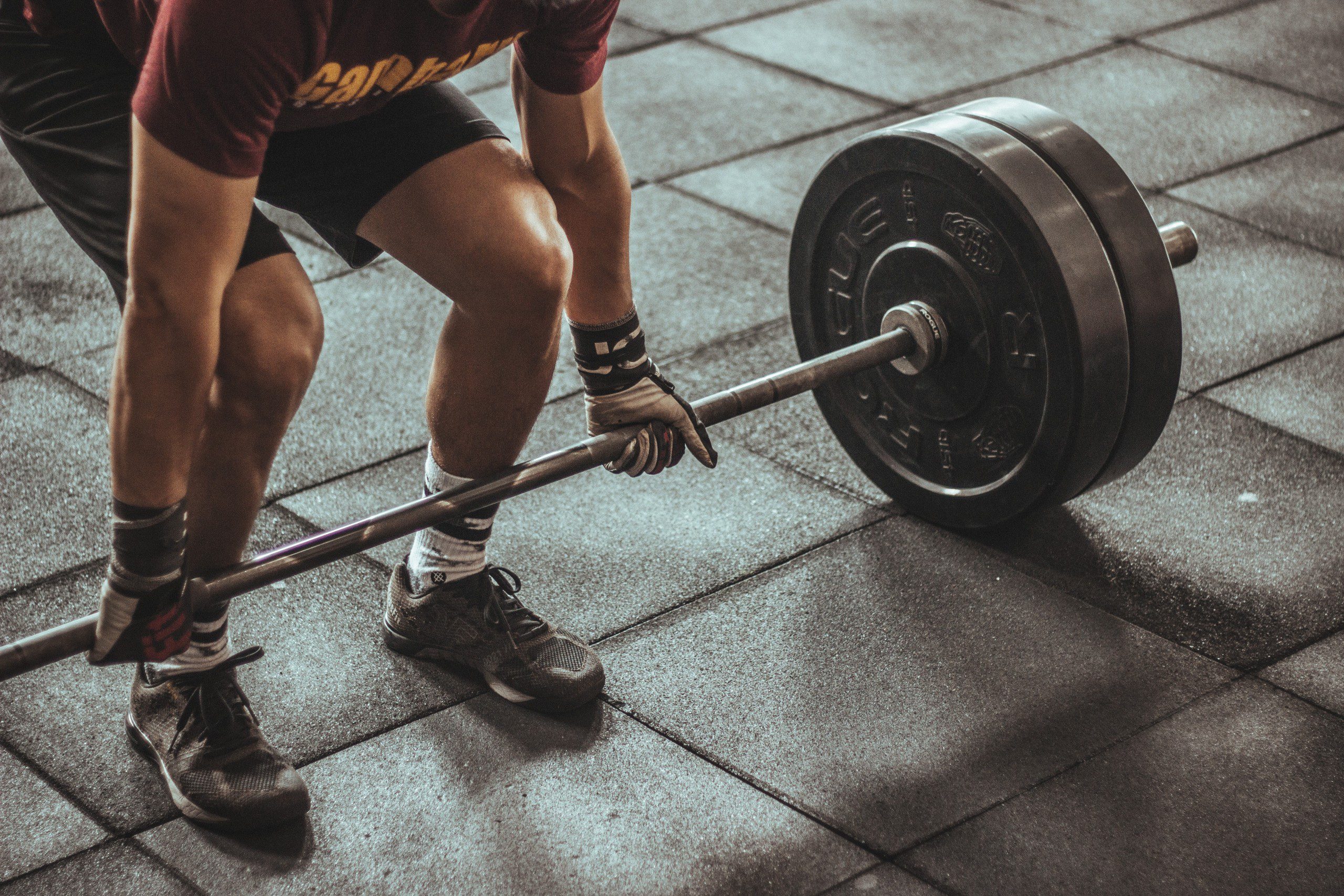
You probably heard the idiom “what doesn’t kill you makes you stronger” long before you heard of the term “hormesis,” but the two share a common foundation: stress can be beneficial.
The saying isn’t perfect. While small doses of certain types of stress create strength and promote healing, small doses of other types of stress can create a dangerous impact on your well-being. What separates the saying from actual science is the very real difference between good stress (stress that facilitates growth) and bad stress (stress that causes deterioration).
The Definition of Hormesis
Hormesis is the process of exposing an organism to a strategic amount of stress to elicit beneficial results. Through hormesis, organisms adapt to become more resilient against future stressors.
In the hormetic experience of strength training, muscle fibers micro-tear as they’re stressed by the action of lifting heavy weights and rebuilding stronger. Hormesis has been observed in plants, animals and humans alike. Research has shown that hormetic experiences such as exercise, fasting regimens, cold or hot exposures can help optimize your physical and mental well-being.
“Hormesis can help increase physical performance, enhance cognitive functioning, reduce inflammation and oxidative stress levels, promote tissue regeneration, improve mental well-being, and even enhance longevity,” says Greg Lindberg, entrepreneur, philanthropist and author.
How is Hormesis Achieved?
Lindberg says achieving hormesis ultimately depends on the individual; what works for one person may not work for another. To get started, it is important to identify which type of stress you would like to apply based on your current fitness level and ultimate goals.
Once you have identified the type of stress that will best suit your needs, it is important to determine how much exposure is necessary for optimal results without causing harm or injury. This often requires professional insight, experimentation, and tracking progress over time before finding an effective dose that works best for you.
Hormesis in Exercise
Exercise provides a wide range of physical and mental benefits as one of the easiest and most effective hormetic experiences. Physical exercise can push the body to adapt to physical stress and respond, allowing it to become stronger and more resilient.
“In addition to the tissue muscle breakdown and rebuilding, other gains from the pain of exercise include increased oxygen uptake, hormone release, improved insulin sensitivity, reduced inflammation, and enhanced cognitive function,” says Lindberg.
Hormesis in Intermittent Fasting
Intermittent fasting, also known as IF, refers to cycles of fasting and eating. During periods of fasting, the body experiences hormesis as it is subjected to the mild stress of calorie restriction. As a result, the body responds by triggering adaptive responses including improved metabolic function, reduced inflammation, cellular repair, increased longevity genes expression, weight loss, and improved brain function.
These fasting cycles may require build-up or training, personalized medical insight, and experimentation to achieve net gain instead of net loss.
Additionally, many health-sensitive groups should avoid fasting altogether including minors under the age of 18, women who are trying to become pregnant, are pregnant or breastfeeding, people with a history of eating disorders or taking food-dependent medications and those with type 1 diabetes.
Hormesis in Heat Exposure
Controlled heat exposure through practices such as sauna use, hot yoga, or exercise in hot environments is a hormetic experience because mild doses of heat stress can lead to improved health and resilience.
Lindberg says heat exposure stimulates the production of heat shock proteins (HSPs), improve cardiovascular function, promote relaxation, and increased longevity. While more research is needed on this topic, studies have suggested that regular heat exposure may lead to increased longevity due to FOXO3a, a gene associated with longevity which plays a role in repairing damaged DNA strands.
There are risks with practicing heat exposure. Always check with your health care provider before incorporating the therapy into your daily routine. High-risk individuals including people with heart disease, high blood pressure or those over 65 years old should avoid the practice.
Hormesis in Cryotherapy (Cold Exposure)
Cold exposure (also known as cold therapy or cryotherapy) involves exposing the body to extremely cold temperatures for therapeutic purposes. Cryotherapy can include cold showers, ice baths, winter swimming, cooling chambers or ice packs. A simple cold shower is one of the most accessible hormetic experiences available and doesn’t require experience or built-up tolerance to get started.
“Cold temperatures activate several hormetic responses including reducing inflammation and swelling and burning calories,” says Lindberg.
Cold exposure may pose a risk for some people including those with cold allergies, Raynaud’s Disease, neuropathy, heart conditions and pregnant women. It’s always important to speak to your health care provider before practicing cold therapy.
The Risks of Overdoing It
For most people, hormetic experiences promise growth, resilience, and better well-being. Hormesis, however, depends entirely on a moderate dose of good stress that is proportional to a person’s unique experience and adaptation level.
“Hormesis allows us to get comfortable with the uncomfortable, giving us an opportunity to achieve optimal success, improve our physical and cognitive health, and increase our productivity,” says Lindberg.